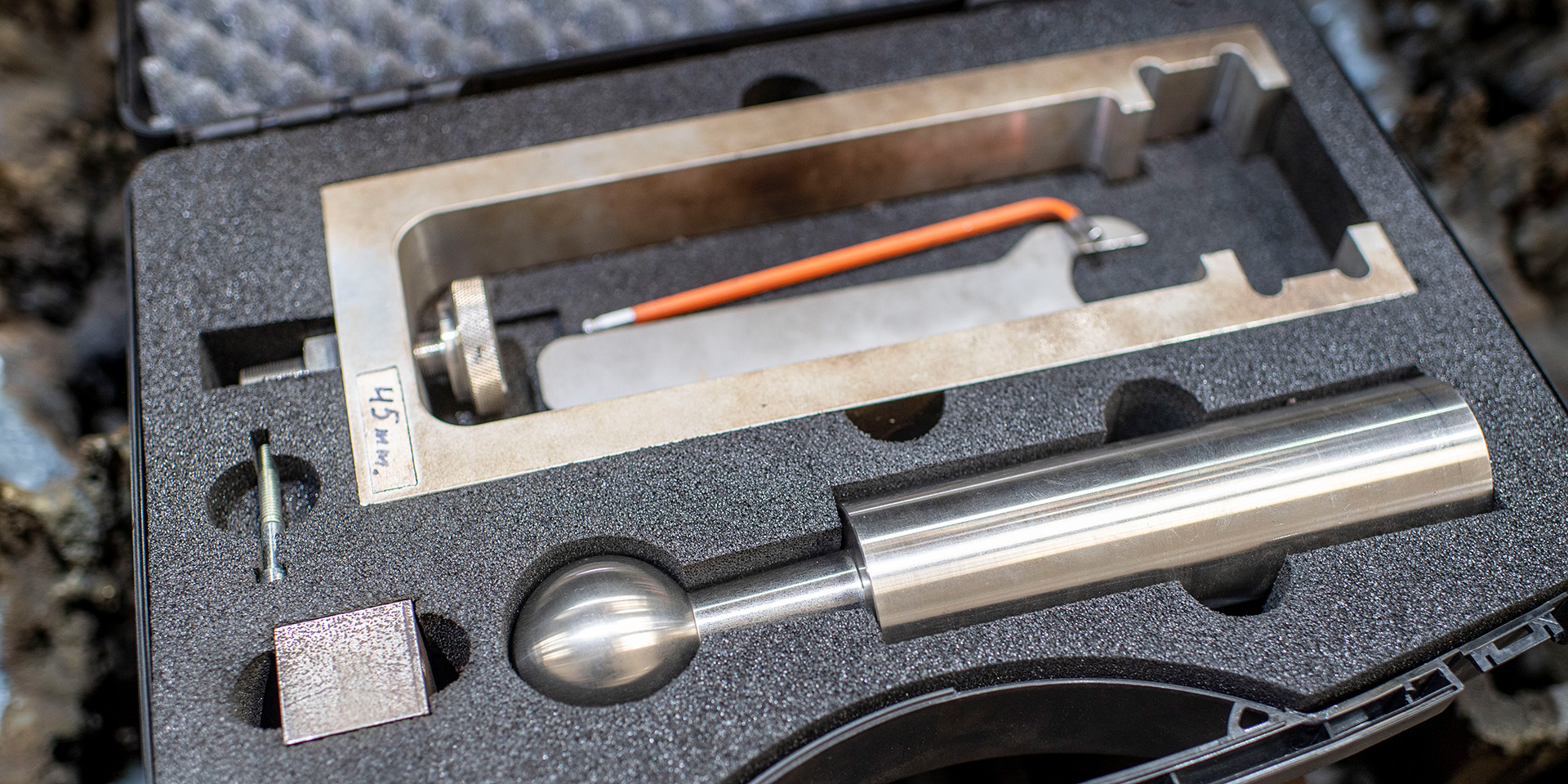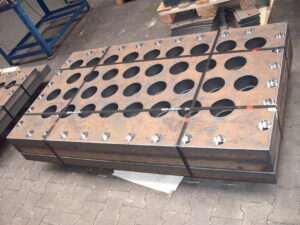
Current information January 2025
January 2025 is full of exciting developments! We summarize the most important events in our article.
Startseite » News » The modulus of elasticity

Steel is an indispensable material in many industries. Its high strength and rigidity make it ideal for the construction of bridges, machines and systems. But how can you calculate how resilient steel is? This is where the modulus of elasticity comes into play.
The modulus of elasticity, also known as the tensile modulus, modulus of elasticity or coefficient of elasticity, is a material-specific parameter that was introduced by the physicist Thomas Young and is therefore also referred to as Young’s modulus.
For steel, the modulus of elasticity is 210,000 N/mm² or 210 GPa. It increases with the melting point of metal and steel. Ferritic-pearlitic steels have a higher modulus of elasticity than stainless steel at comparable melting temperatures. The modulus of elasticity remains constant regardless of the type of application. It does not matter whether it is structural steel according to EN 10025, pressure vessel steel according to EN 10028, shipbuilding steel, wear-resistant steel or offshore steel according to EN 10225. It is also independent of the type of steel product, be it sheet, profile, flame-cut part, laser part, beam or tube, as well as the strength class.
It therefore applies to both the P265GH (1.0425) P295GH (1.0481) S355J2+N (1.0577) S355NL (1.0546) S355ML (1.8834)
P355GH (1.0473) 16Mo3 (1.515) P355NL2 (1.0566) S460NL (1.8903) S460ML (1.8838) P460NL2 (1.8918)
as well as for the S690Q (1.8940) S90QL (1.8929) and S690QL1 (1.8988)
The modulus of elasticity is an important parameter in the tensile test in accordance with ISO 6892 and ASME SA370. It is a theoretical value that is independent of the rolling direction. In the stress-strain diagram, it corresponds to the slope at the beginning of the test, known as the Hooke’s straight line. The modulus of elasticity, also known as the proportionality constant in Hooke’s law, describes the ratio of the increase in stress to the increase in strain when the cross-sectional shape of the test specimen remains unchanged. In other words: steel shows elastic deformation up to a certain stress. After unloading, the deformation returns to zero, which is referred to as the upper yield strength [Reh]. From this point, plastic deformation occurs with permanent elongation.
The revision of EN 10025 in 2019 extended the scope of standardized high-strength structural steels up to a thickness of 200 mm for S690Q, S690QL and S690QL1. Previously, these steels were only represented via manufacturer data sheets such as DILLIMAX690B, Perform, Aldur 700, Maxil690, Strenx, Quend and others. However, these branded steels could not be CE marked and were therefore not suitable for use in construction products. The changes to the standard helped to overcome these restrictions and opened up new possibilities for the use of high-strength structural steels in various applications.
The tensile testing machine cannot exactly determine the point of the upper yield point for these high-strength steels, which is shown by a slight drop in the absorbed force. For this reason, the theoretical equivalent yield strength or 0.2 % plastic yield strength [Rp0,2] is often used. This is interpreted by the tensile testing machine as a parallel shift in Hooke’s straight line by 0.2 % elongation, which corresponds to a shift in the modulus of elasticity by 0.2 %.

January 2025 is full of exciting developments! We summarize the most important events in our article.


Wear and tear is a major challenge in many industries. Robust materials that are not only resistant but also durable are essential here.



Simply contact us:
Tel: +49 2065 677-0
E-mail: info@unionstahl.com